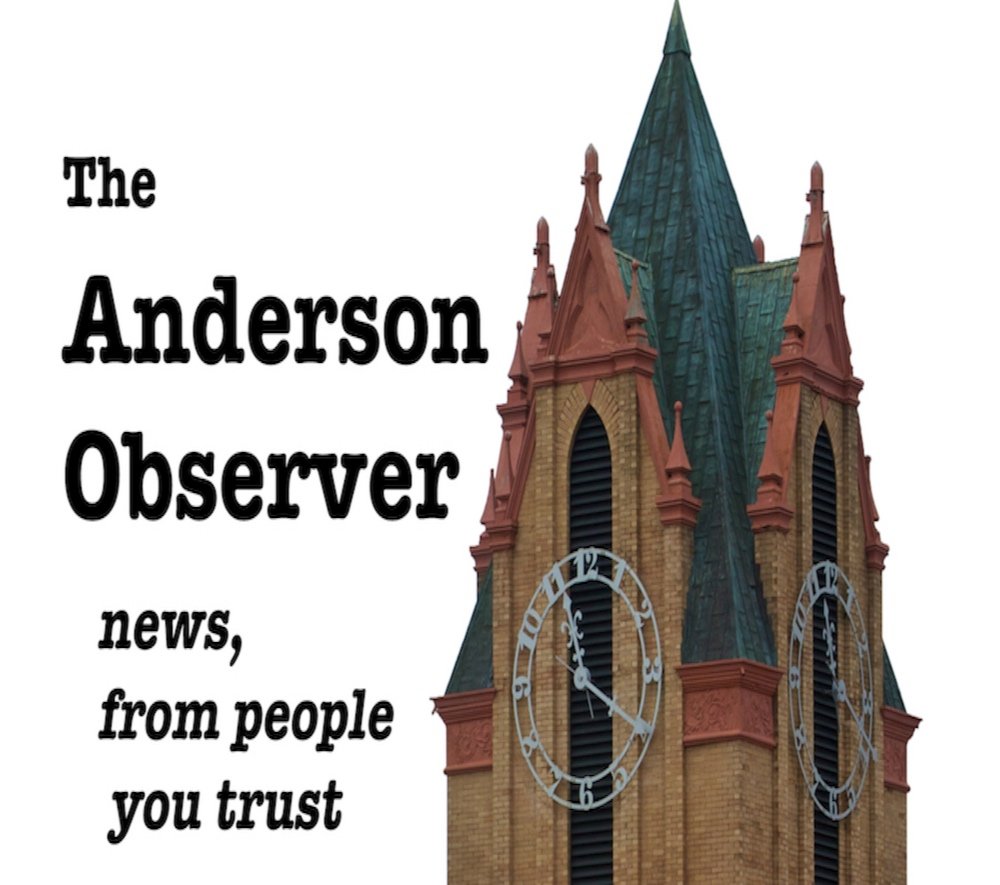Church Street Plaza Reminder of Once-Thriving Cultural Center
Greg Wilson/Anderson Observer
For almost 80 years, it was the heart of African-American commerce and culture in Anderson.
East Church Street, one of the earliest streets in downtown Anderson, once stretched from South Murray to the front of First Baptist Church of Anderson on South Manning Street. Today is no longer a through street, but an entrance off South Main Street into Church Street Heritage Plaza and a city parking lot.
A residential area for much of its early history, at the turn of the 20th century it featured only four residential houses. But encouraged by the city, African-American businesses began to take root along Church Street, and by 1906 a grocer, bicycle repair shot, cobbler, paint shop, hotel/boarding house and a restaurant were up and running.
During the day, it was a business district, but after dark it took on a new personality, where music, dancing and other entertainment was the main attraction. Some locals called it the “Bourbon Street” of Anderson.
The area helped many achieve economic independence and build a strong community centered around the street and was a vibrant hub for commerce, culture and social life for African-Americans living in and around Anderson.
But the end of Jim Crow Laws, population shifts and urban renewal gradually eroded the Church Street community, and by the mid-1980s almost all retail businesses were gone. Many of the buildings were allowed to decay beyond restoration, and most of them were demolished.
Tw0 small markers were placed on either end of Church Street to honor the businesses and people of East and West Church in 1982. The plaza officially opened in 2017 with artwork and a park commemorating the people and places that made it a special place. The city continues to add features to the plaza, including “story boxes” which include quotes remembering the area.
Dr. Bea Thompson, who was the first African-American elected to city council in 1976 (a seat she still holds), remembers the glory days of East Church Street, where her husband ran a restaurant.

